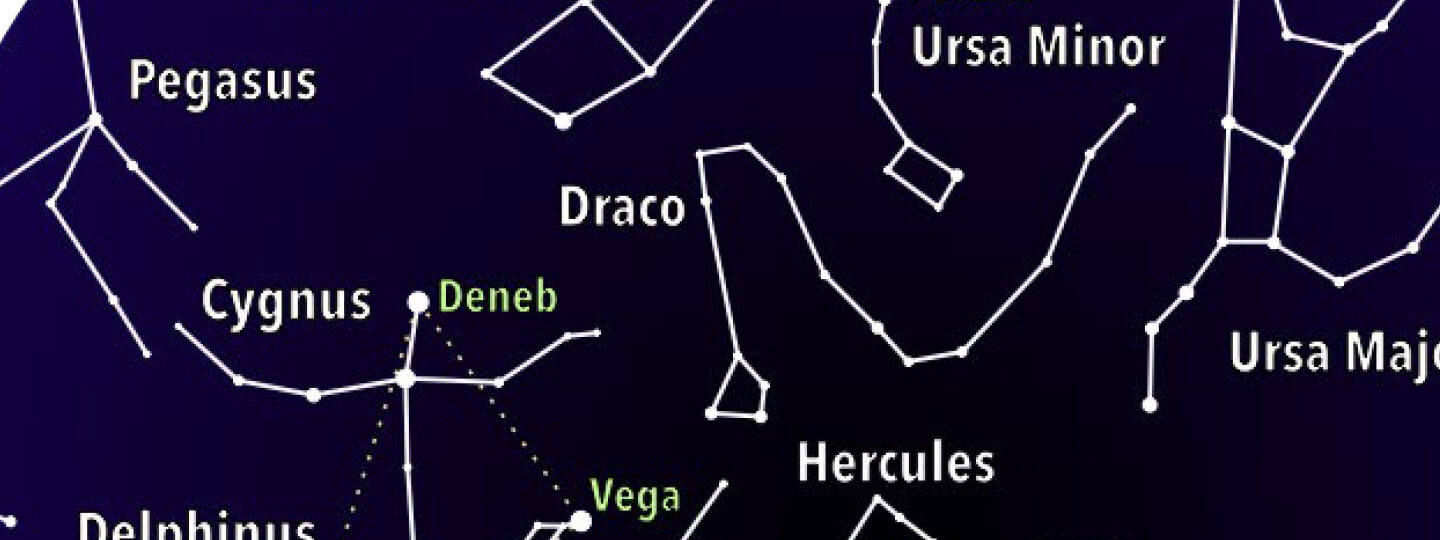

Summer Astro Calendar – June, July, August 2024
Top Ten Skygazing Picks
June 1 – Hercules Globular Cluster, M13, overhead at midnight. Binocular viewing.
June 12 – Full Moon. Day after June Solstice. “Strawberry” Moon.
June 27 – Moon-Saturn conjunction. South, pre-dawn.
July 12 – Mercury at highest point. Brief visibility west-northwest.
July 15 – Close approach of Mars and Uranus. Binocular viewing. Pre-dawn.
July 23 – Lunar occultation of Spica. 11:18 pm. Southwest.
July 29 – Close approach of Moon and Pleiades Cluster (M45). Early dawn.
Aug 12 – Peak of Perseid meteor shower.
Aug 14 – Mars-Jupiter conjunction. Visible 1:30 am to dawn. Southeast.
Aug 27 – Mars, Jupiter, Moon conjunction. Southeast.
Summer Planet Visibilities
 |
Mercury |
 |
Mars |
 |
Jupiter |
 |
Saturn |
Moon Phases Key
New Moon  First Quarter
First Quarter  Full Moon
Full Moon  Third Quarter
Third Quarter 
Moon Phases
| June | 6:  |
14:  |
21:  |
28:  |
| July | 5:  |
13:  |
21:  |
27:  |
| August | 4:  |
12:  |
19:  |
26:  |
What’s Up?
It’s the annual Perseid Meteor Shower! The peak of the meteor shower is Mon., Aug. 12, but the day before and after are also great days to get away from city lights and observe in the warm summer night. The radiant point of the shower is the constellation Perseus which rises post-midnight. Up to 140 meteors per hour are expected. Saturn will rise around 10 pm. Late night viewers, watch for Jupiter and Mars rising around 1:30 am. The first quarter waning gibbous Moon will bring some light to the festivities.

NASA, Bill Ingalls
Space News
It can be pretty boring to eat the same food day after day. In space travel it is known as “food fatigue,” and it affects the astronauts on the International Space Station. NASA has come up with “Veggie,” a Vegetable Production System for plant growth in microgravity. It’s about the size of a carry-on suitcase and can grow about six plants. So far, cabbage, kale and zinnia flowers have been successfully grown in space. NASA hopes to add foods like tomatoes, peppers, and berries.

NASA
Star Chart (PDF) 

How do I use the star chart?
Hold it out in front of you with the direction you’re facing at the bottom of the chart. It works even better if you hold it above your head and look up at it.
Why are east and west switched?
They are only switched because you’re used to looking at maps of the ground. Hold it above your head, and you’ll see the directions line up just right.

